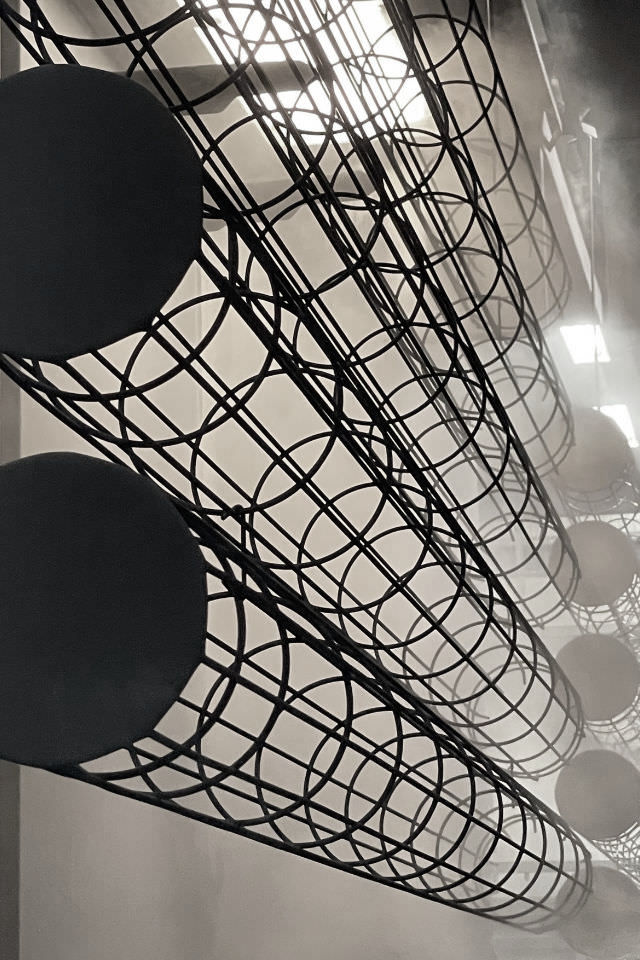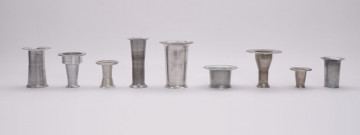
Surfaces
Untreated (for steel)
Untreated surface / no coating or refining / no anti-corrosion protection.
Pre-galvanised (for steel)
The material used (steel) has a (hot-dipped) galvanised surface which is already applied to the starting material (wire or sheet metal).
Powder coated (high-temperature powder coated)
The steel or stainless steel filter cages or elements are powder coated in an electrostatic process. This powder coating offers sustained temperature resistance up to 250°C.
EPD coated (cathaphoresis dip coating)
EPD coating is an electrochemical process where filter cages or elements are coated in an immersion bath with electrically conductive dipping lacquer.
Electrogalvanised (blue chromated)
Electrogalvanising is a process for protecting primarily steel parts against corrosion. The zinc coating is applied to the workpiece galvanically in an electrolyte during galvanising. Subsequent chromate conversion coating and sealing gives the zinc coating a blue colouring while, simultaneously, increasing the corrosion resistance of the galvanised parts.
Zinc thick-film passivated
So-called thick-film passivation has established itself for use with zinc. The process bath contains a high level of chromium(III) and Co(II). A strong coating thickness can be generated using a high process temperature, achieving greater corrosion protection.
Pickled (for stainless steel)
Pickling removes all impurities from the stainless steel surface, the aim being to achieve a metallically clean surface. The protective passive layer can only be created on a metallically clean surface of this nature.
Scale and annealing colours are not passive layers and, consequently, are open to attack by corrosion. The same applies to ferritic deposits which are almost unavoidable during the production process. The pickling process chemically eliminates all impurities (using acids), creating metallically clean surfaces.
Passivated (for stainless steel)
Passivation means creating a protective passive layer. It is irrelevant in this respect whether this is achieved in a natural manner through moisture and oxygen (within days) or through passivating chemicals (within minutes). However, as there is still a risk of corrosion until the passive layer is completely formed, it is recommended that passivation be achieved through chemical means.
Only metallically clean surfaces can be passivated. This means that passivation is always the second step following a pickling process, unless one can be certain that no disruptive (ferritic) deposits are left on the surface during production.

